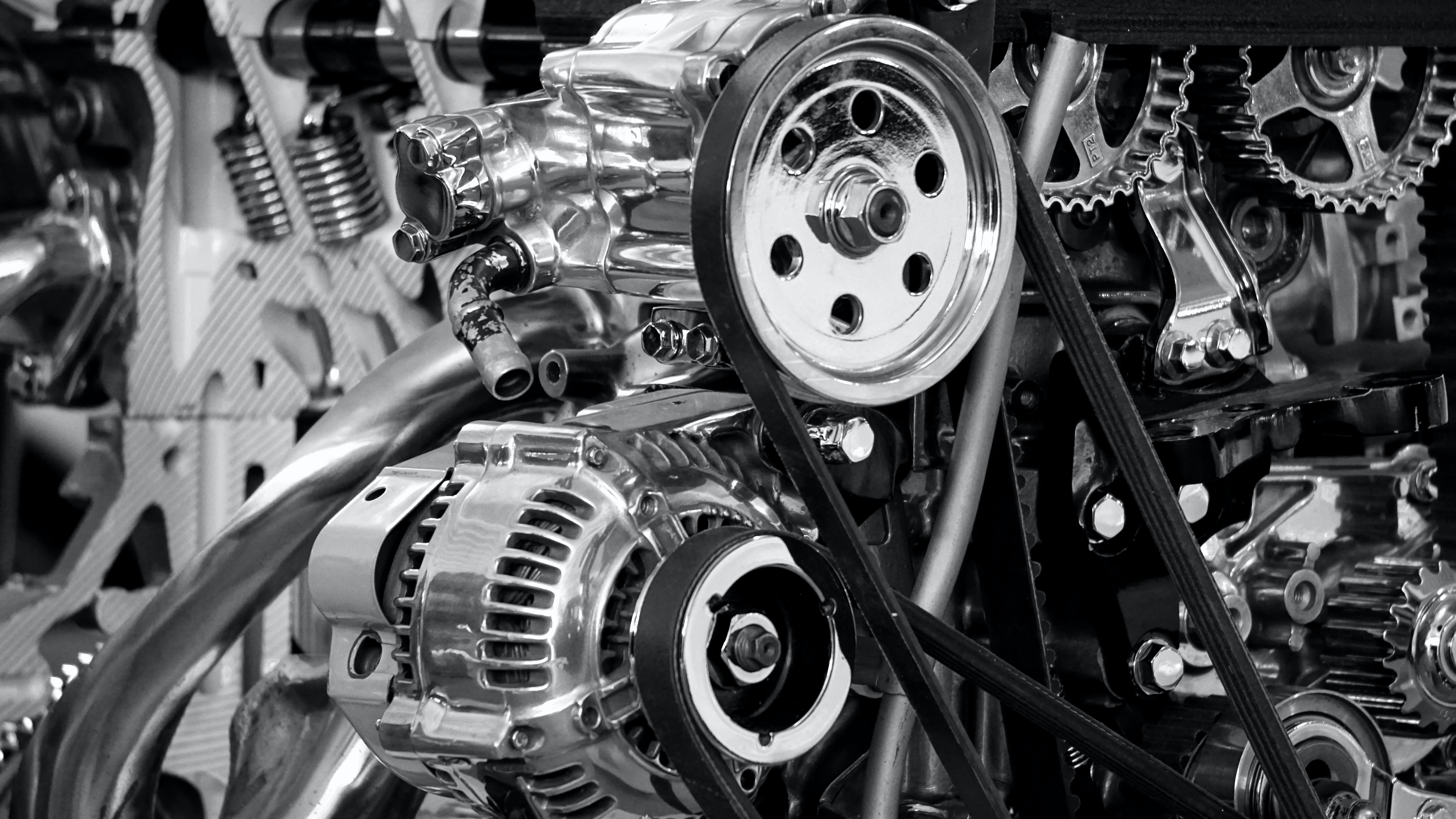

Do you spend a significant amount of time behind the wheel? If the answer to that question is yes and you have logged at least 50,000+ miles on your vehicle, you may want to consider how those miles have impacted an important component of your vehicle – the timing belt. In this blog, we discuss the timing belt and how it functions to keep your engine running smoothly. We also look at possible indicators that your vehicle may be ready for timing belt replacement.
Basics of the Timing Belt
First, let’s examine some basics about the timing belt.
Your vehicle’s timing belt is something you cannot see if you look under the hood because it is an internal component of your vehicle’s engine. Think of it as a large, rigid rubber-band that wraps around your engine and has teeth on the inner side of the band.
The timing belt connects the crankshaft in your engine to the camshaft. This component creates a synchronous motion to open and close the engine valves that raise and lower the pistons, allowing your internal combustion engine to produce power.
The Life of a Timing Belt
Your engine’s timing belt not only plays an important role for your vehicle but it also works hard to keep your engine functioning effectively. The price of hard work on the timing belt is wear and tear. The timing belt is exposed to extreme conditions of motion, heat, oil, and dirt. Because of these conditions, the timing belt will wear down over time and eventually may break!
The average lifespan of the timing belt is usually between 60,000-100,000 miles driven. That timeframe can vary by vehicle and manufacturer, as well as the driving conditions. Unlike many other engine components that can be inspected for wear and tear, the timing belt is situated inside the engine and requires time and labor to inspect or replace. That’s why it’s important to follow your vehicle’s specific recommendations for timing belt replacement.
While it is more difficult to maintain a timing belt on a regular basis, there are some indicators that alert drivers to wear and tear, and possible breakage.
| If the timing belt is wearing down… | If the timing belt is broken… |
|
|
Signs of a worn timing belt are an early indicator that the belt may break. If you notice the signs of a worn belt, have your vehicle checked out by a service professional as soon as possible. A broken timing belt can cause serious damage to your vehicle’s engine.
Final Word
So, back to our opening question. If you have driven at least 50,000+ miles on your vehicle, your vehicle may be ready soon for a timing belt replacement. Make sure to check with your vehicle manufacturer for the recommended replacement timeframe on your specific make, model, and year. By proactively addressing a worn timing belt, you may avoid costly repairs or even replacement of your entire engine.
Is it time for the timing belt to be replaced? Contact Colonial Service Station in Staten Island, New York, today to schedule a timing belt replacement.
